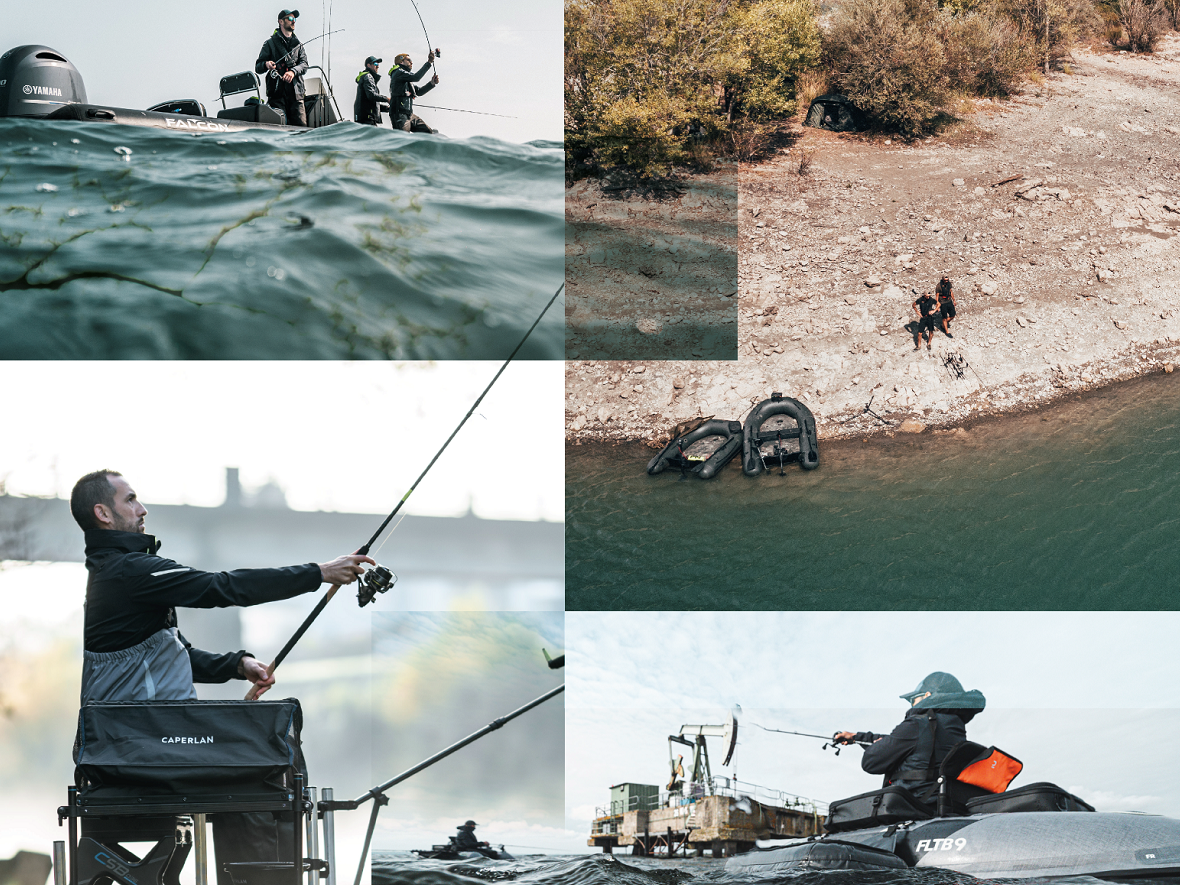Explore the world of fishing
Caperlan is the fishing brand of Decathlon.

Caperlan is the fishing brand of Decathlon.
From sea fishing (surfcasting, fishing from the shore and fishing from a boat/ trolling), to fresh water fishing (feeder fishing, still fishing and match fishing) all the way to predatory fishing (with a soft lure, plug bait or spinner) and carp fishing; we want to be there for you to make fishing easy and accessible for everyone.
Discover our simple, effective and beautiful products developed in Cestas at our global design centre in direct contact with our users.
You can also rediscover our advice and video tips for even more fun while fishing.
Satisfied anglers is what we aim for!